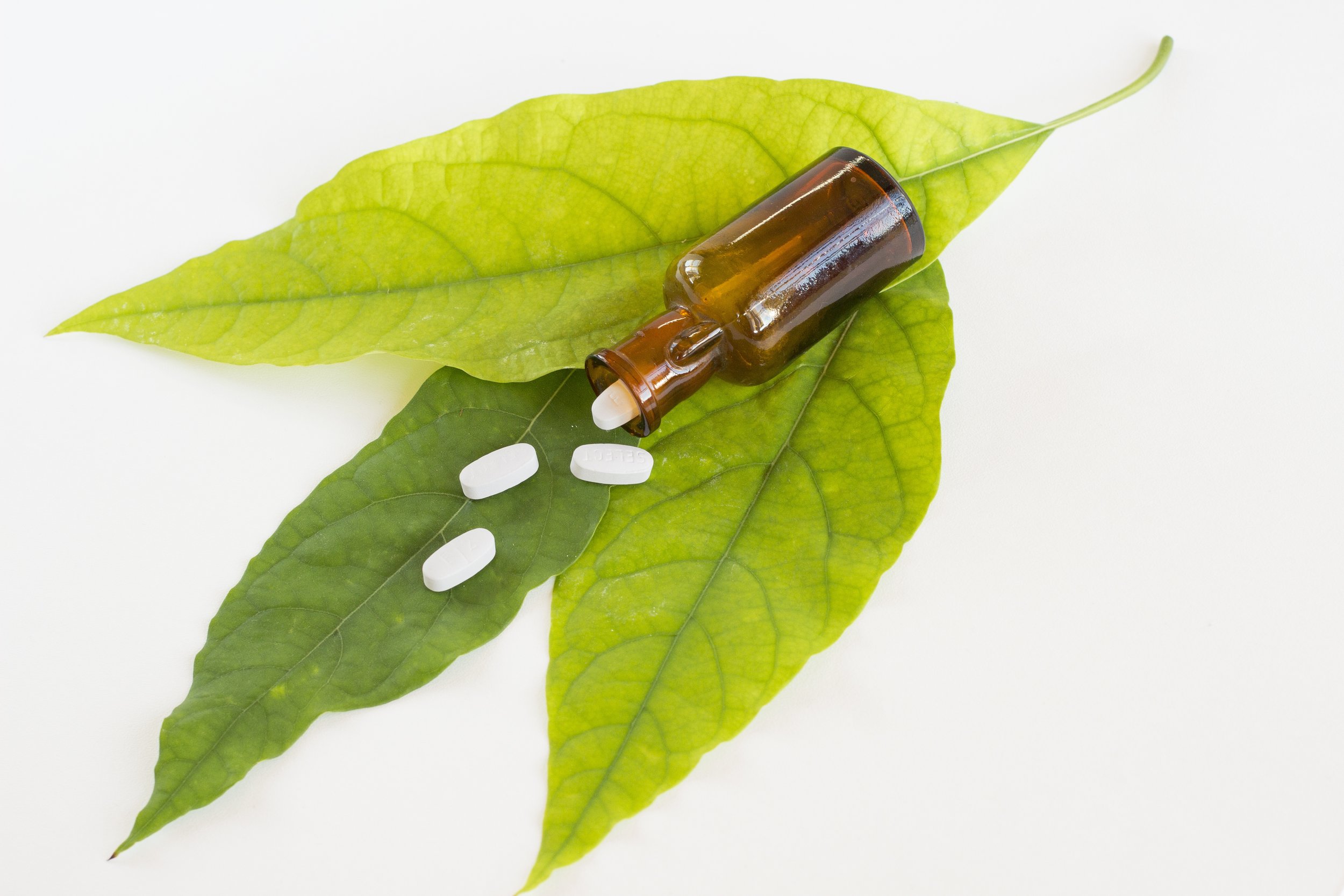Using ketamine as a treatment for major depression is a relatively new practice. While ketamine has been used as an anesthetic since the 1960s, its application as a depression treatment didn’t start to attract attention from researchers until 2006, with the first ketamine infusion clinics opening in the US around 2012. With a 70% success rate in improving the symptoms of depression, ketamine infusions have become increasingly popular, bringing hope to those who had none.
For the treatment of depression, ketamine may be administered intravenously (IV), intranasaly, sublingually, orally or intramuscularly, though IV infusions have emerged as the standard. Infusions are administered in a controlled setting and are closely monitored by an anesthesiologist or other physician. After only two infusions, patients will know – with very few exceptions – whether ketamine will be effective in treating their symptoms. If ketamine generates positive results, it is recommended that patients receive a minimum of four initial infusions, after which a maintenance program is designed and implemented to meet the unique needs of the individual.
While every patient requires a different level of ketamine maintenance, most clinics administer follow-up infusions – commonly in 3-4 week intervals. Based on the success of sublingual ketamine for depression in clinical trials and at ketamine clinics around the world, Vitalitas has expanded its maintenance regimen to include oral ketamine.
THE BENEFITS OF SUBLINGUAL KETAMINE FOR DEPRESSION
If a patient is a candidate for sublingual ketamine, he or she stands to reap many rewards:
Cost Savings
Infusions cost, on average, $400-800/each. As ketamine is a generic pharmaceutical that has been used for over 50 years, the cost of a prescription is quite low, even for those without great insurance coverage. The cost will differ from patient-to-patient, but an average cost of $50 per prescription can be expected. Using sublingual ketamine for maintenance can significantly increase the amount of time in between infusions, or even eliminate the need for more maintenance infusions altogether.
Relapse Prevention
“Positive results” is an objective phrase, meaning something different for each patient. Where one patient may experience an immediate and steady improvement in his or her depressive symptoms, another patient may experience relief for a few days, with a “crash” shortly thereafter. Sublingual ketamine can help prevent or reduce the depth of a crash, maintaining a steady course while the patient is in between infusions.
HOW SUBLINGUAL KETAMINE WORKS TO TREAT DEPRESSION
Initially, it is important to administer ketamine via IV infusion: 100% of the drug will reach the brain, before being rendered ineffective by metabolism. Intravenously, ketamine is delivered to the brain at a precise rate, which is controlled by an experienced doctor.
When administered sublingually, about 30% of the ketamine reaches the bloodstream. This seems low, however, it is often enough to maintain the positive results of ketamine infusions.
Using sublingual ketamine as the initial treatment for depression may or may not generate positive results, thus Vitalitas recommends starting with IV ketamine before transitioning to sublingual ketamine for affordable and effective maintenance.
CONTACT VITALITAS
Vitalitas is one of the first ketamine clinics in the country to add sublingual ketamine for depression to its maintenance regimen. The results have been positive, and our patients are grateful for the cost savings and other benefits of using oral ketamine for maintenance. If you are interested in learning more about sublingual ketamine, or about ketamine infusions in general, please contact us using the brief form below:


